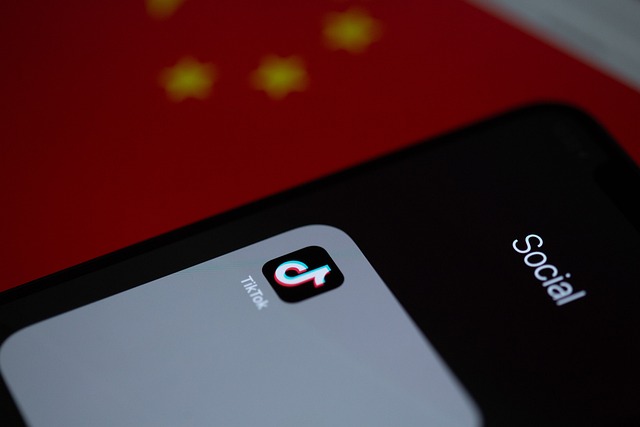
How to Make Your Hotel Video Viral – Lesson from Hilton’s Tiktok Video
How did Hilton’s TikTok video become viral in just 10 minutes?
Hilton Hotels went viral on TikTok with a 10-minute promotional video featuring Paris Hilton, the heiress of the iconic hotel chain, and popular creators such as Chris Olsen, GirlBossTown, and KelzWright. The video, essentially an advertisement, challenged viewers to watch until the end for a chance to win Hilton Honors Points.
While the 10-minute length of Hilton’s TikTok video and the presence of Paris Hilton certainly caught people’s attention, it doesn’t necessarily indicate a return to longer-form content on the platform.
The video’s viral success was largely due to the fact that it stood out as a longer video in a sea of short-form content, rather than establishing a new trend. In reality, the video’s brilliance lies in its ability to appear as a medley of different videos, incorporating diverse styles, filters, creators, and effects, giving the impression of a continuous scroll through TikTok without actually having to swipe: creating a seamless, scroll-less experience on the platform.
Self-Deprecating Humor and Defying Marketing Conventions
Thomas Walters, Europe CEO and Co-founder of creator agency Billion Dollar Boy said: “one of the actors in Hilton’s TikTok ad says: ‘10 minutes on TikTok is like three years in the real world’. And it certainly has felt like that in the past, as attention spans have increasingly become shorter.”
“But maybe not anymore. The hotel chain’s ad bucks a long-standing trend towards short-from video content on social media. However, despite its success, initial analysis would suggest that it’s an exception to the rule rather than being indicative of a broader shift in media consumption habits towards long-form content.”
“That’s because the length of the video alone – although undoubtedly helping it to stand out from other short-form content on TikTok – isn’t what makes it a success. Its success actually comes from its clever use of a combination of already tried-and-tested marketing techniques.”
The video appears highly genuine, which is a quality that 90% of millennials deem important in brand content. The creators use their own unique formats and duets, some of which are highly polished and professionally produced, while others are more self-made, yet they all work together seamlessly to convey a cohesive brand message. Furthermore, the ad acknowledges that it is, in fact, an ad, and references the audience’s awareness of brands’ promotional content.
“Its success also lies in its ability to satirize marketing,” continues Walters. “The Hilton video pokes fun at influencers’ traditionally over-promotional ad content, tapping into the ‘de-influencing’ trend on TikTok. This self-aware humor is popular because, as Baron Ryan says in the Hilton ad, “we don’t want ads on TikTok, people hate them”. It makes the ad relatable and honest which helps to support its effectiveness.”
Use of a Reward Incentive
Another marketing technique employed in the video is the use of a reward incentive to encourage viewers to watch at least half of the video in order to win Hilton Honors Points. This is a similar strategy used by the world’s top-earning YouTuber, MrBeast, who incentivizes his viewers to watch until the end to either receive a reward or to see the results of the effort he has put into the video.
“While the ten-minute ad is undoubtedly successful and stands out from all the other short-form content on TikTok, I don’t think it’s the start of a revolution,” states Walters.
“It has been proven that short-form content consistently continues to deliver the highest ROI, drives the best engagement rates and generates the most leads. And ultimately, that’s what will unfortunately dictate marketers’ decisions. Lessons can be learned from the Hilton ad though, that a more creative approach can out-perform proven marketing strategy. Following the ad’s success, we may see more brands seriously consider producing more long-form content in the future,” Walters continues.
